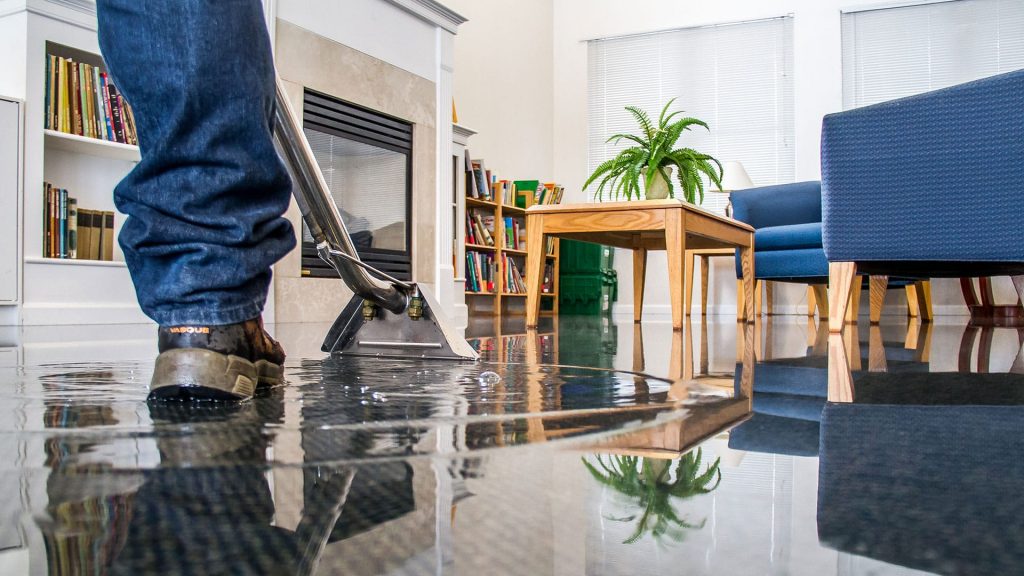Do's & Don'ts of Water Restoration.
Do's & Don'ts of Water Restoration.
Blog Article
What are your opinions on Fire And Water Damage Prevention?

Though water gives life, water invasion on components where it's not intended to be can cause damage. If the water soaks into your structure, it can peel off away surface areas as well as erode the structure. Mold and mold additionally grow in a moist atmosphere, which can be harmful for your health. Houses with water damages odor stuffy as well as old.
Water can originate from numerous resources such as hurricanes, floods, ruptured pipes, leakages, as well as sewage system problems. In case you experience water damage, it would certainly be excellent to recognize some safety and security preventative measures. Here are a couple of standards on how to manage water damages.
Do Prioritize Home Insurance Insurance Coverage
Water damage from flood as a result of heavy winds is seasonal. However, you can likewise experience a sudden flood when a defective pipe instantly breaks into your residence. It would be best to have residence insurance coverage that covers both acts of God such as all-natural tragedies, and emergency situations like damaged plumbing.
Don't Fail To Remember to Turn Off Energies
In case of a catastrophe, specifically if you stay in a flood-prone location, it would be recommended to turn off the primary electric circuit. This removes power to your entire home, avoiding electric shocks when water can be found in as it is a conductor. Don't neglect to turn off the main water line shutoff. Furnishings will certainly move around and create damage when floodwaters are high. Having the primary shutoff shut off stops more damages.
Do Keep Proactive and Heed Weather Alerts
Storm floodings can be really unpredictable. If there is a history of flooding in your community, remain prepared and positive. If you live near a lake, creek, or river , listen to discharge warnings. Get valuables from the very beginning as well as basement, then placed them on the highest possible level. Doing so reduces potential property damages.
Don't Disregard the Roof
You can avoid rainfall damage if there are no openings as well as leakages in your roof covering. This will certainly avoid water from streaming down your walls and soaking your ceiling.
Do Take Notice Of Little Leakages
A burst pipeline doesn't take place overnight. Typically, there are red flags that indicate you have weakened pipes in your home. You may notice gurgling paint, peeling off wallpaper, water streaks, water stains, or leaking audios behind the walls. Eventually, this pipeline will certainly break. Ideally, you must not wait on points to intensify. Have your plumbing fixed prior to it results in large damages.
Do Not Panic in Case of a Ruptured Pipeline
Maintaining your presence of mind is vital in a time of crisis. Stressing will only compound the trouble due to the fact that it will certainly suppress you from acting quick. Timing is key when it comes to water damage. The longer you wait, the even more damage you can expect. Thus, if a pipe bursts in your residence, immediately shut down your main water shutoff to remove the source. Unplug all electric outlets in the area or turn off the circuit breaker for that component of the residence. Lastly, call a trustworthy water damages remediation professional for support.
Water provides life, water breach on components where it's not meant to be can result in damage. Residences with water damages scent stuffy as well as old.
Water damage from flood dues to hefty winds is seasonal. You might discover bubbling paint, peeling off wallpaper, water touches, water spots, or leaking sounds behind the wall surfaces. When it comes to water damages, timing is crucial.
Some Do's & Don't When Dealing with a Water Damage
DO:
Make sure the water source has been eliminated. Contact a plumber if needed. Turn off circuit breakers supplying electricity to wet areas and unplug any electronics that are on wet carpet or surfaces Remove small furniture items Remove as much excess water as possible by mopping or blotting; Use WHITE towels to blot wet carpeting Wipe water from wooden furniture after removing anything on it Remove and prop up wet upholstery cushions for even drying (check for any bleeding) Pin up curtains or furniture skirts if needed Place aluminum foil, saucers or wood blocks between furniture legs and wet carpet Turn on air conditioning for maximum drying in winter and open windows in the summer Open any drawers and cabinets affected for complete drying but do not force them open Remove any valuable art objects or paintings to a safe, dry place Open any suitcases or luggage that may have been affected to dry, preferably in sunlight Hang any fur or leather goods to dry at room temperature Punch small holes in sagging ceilings to relieve trapped water (don't forget to place pans beneath!); however, if the ceiling is sagging extremely low, stay out of the room and we'll take care of it DO NOT:
Leave wet fabrics in place; dry them as soon as possible Leave books, magazines or any other colored items on wet carpets or floor Use your household vacuum to remove water Use TV's or other electronics/appliances while standing on wet carpets or floors; especially not on wet concrete floors Turn on ceiling fixtures if the ceiling is wet Turn your heat up, unless instructed otherwise

I was guided to that report on 5 Home Safety Tips To Reduce The Risk Of Fire And Water Damage through someone on our other blog. Loved our blog? Please share it. Help another person locate it. Thanks for your time. Don't hesitate to pay a visit to our blog back soon.
Report this page